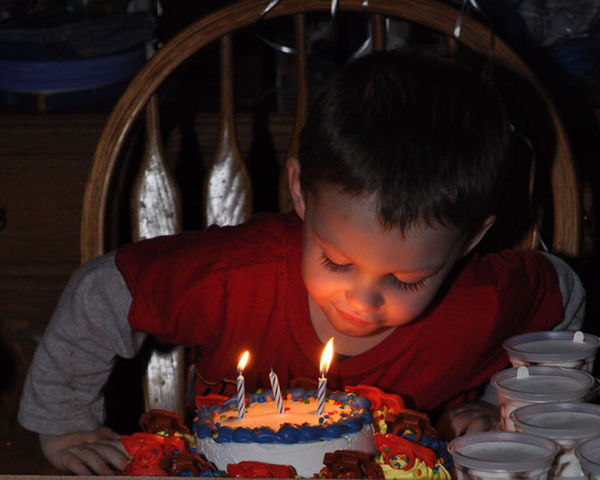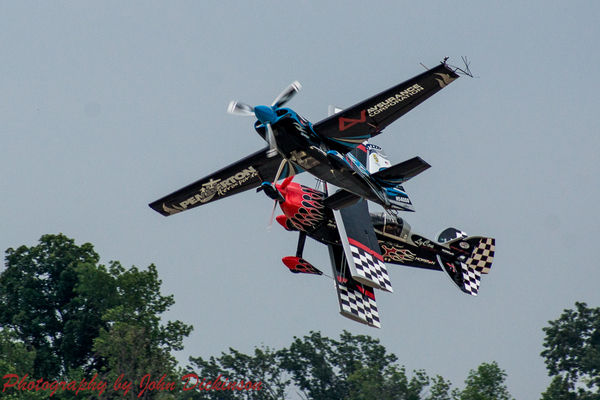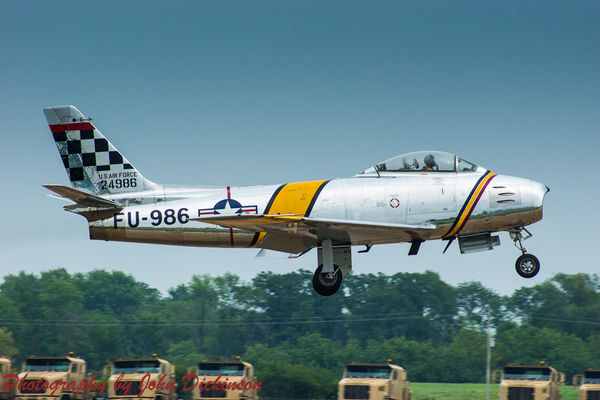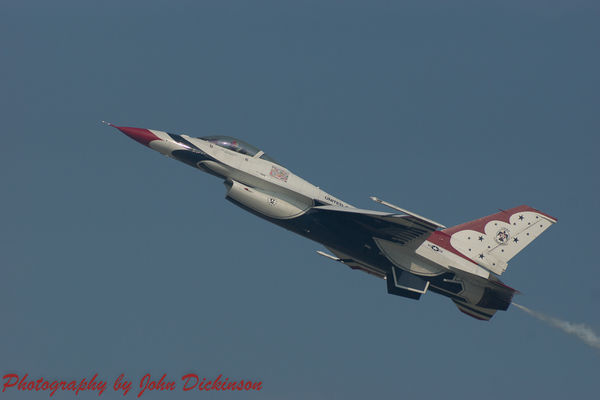Posts for: fotohouse
Aug 5, 2014 18:33:25 #
Aug 4, 2014 09:15:16 #
Jul 31, 2014 06:55:19 #
amehta wrote:
I have trouble with absolutes like this. It really depends on the difference between the cameras and the lenses for which change will have a bigger effect.
The absolute "good glass always trumps bodies" is more in reference to the fact that a good lens will be in your kit through several bodies. I have 20 year old lenses on a 3 yr old body, the optics do not degrade with time. The lenses have seen their way through the KM7D, A700, A77, and will probably wind up on the A99MII when it comes out and I make a change to full frame.
Also there is not a whole lot of difference between sensors on say an entry level APS-c and a prosumer level APS-c, most of the differences are in the build quality, ergonomics, the ability to have a PC-sync, the ability to add a vertical grip, and other advanced features such as two control dials, micro focus adjust, etc. Now the difference from crop to full frame, that is another story but few go from an entry level crop sensor to a pro level FF DSLR, and when they do they will need TOP SHELF glass to go with it or it is just overkill.
Jul 30, 2014 20:25:55 #
GaryS1964 wrote:
Exactly only a good DSLR will probably take better pictures than a camera phone. You can buy a quality DSLR and get better quality pictures all things being equal. You don't have to use all or any of the advance features of the DSLR to enjoy the enhanced IQ you can get over a point and shoot. If someone wants to pay a premium for a quality DSLR and then shoot in Auto all the time that is their prerogative.
My comment in no way was intended to diss those that shoot in auto. I at times shoot in P, A, S, or M depending on what I am trying to get. One should not expect to get the same results from auto modes as a skilled photographer can get in any mode. The camera only does what the photographer tells it to do, I choose to think for mine a bit more ;)
As far as a quality DSLR, even my older 6mp KM7D is still capable of taking stunning pictures provided I don't use high ISO's or at least not try to make large prints at high ISO's. I have fellow photog friends and we all use different equipment, literally every brand is in use in our club and many are using older tech. It is more about composition and knowing how to use a camera than the camera itself. And my recommendation on equipment would be more to the lens side of things than the camera body. Good glass always trumps bodies.
Jul 30, 2014 15:00:56 #
It is good that you shoot RAW+Jpeg, as the RAW files will give you more latitude in adjustment. I use Lightroom for my editing (it is basically Camera RAW from Photoshop with a few extra features for workflow).
One way to reduce the red in someones face is to adjust the red channel in Camera RAW. It does not take much of an adjustment and too much can also negatively effect the image. I reduce it just enough to take out some of the rosiness.
One way to reduce the red in someones face is to adjust the red channel in Camera RAW. It does not take much of an adjustment and too much can also negatively effect the image. I reduce it just enough to take out some of the rosiness.
Jul 30, 2014 14:55:43 #
GaryS1964 wrote:
I shoot mostly in Aperture priority mode and somet... (show quote)
The main problem with auto is the camera does not know what the subject is and many shots need to be shot at a plus or minus on the exposure to maximize dynamic range. If you are talking snap shots then yes auto is fine and so is a camera phone. I use an ILC (interchangeable lens camera) for the control over the image it gives this control is only achieved when you get out of auto.
Jul 30, 2014 14:51:32 #
GrandmaG wrote:
You must be an instructor! This is a great way to experiment.
No, not an instructor. I do have experience training others though, just not in photography. I occasionally give a presentation for a camera club that I belong to as well as teaching my daughter and her boyfriend.
Jul 30, 2014 14:32:00 #
GrandmaG wrote:
My head IS spinning a little but there is so much good advice here! Now that I am mostly retired, I can experiment with my camera. I am posting a few pictures but please don't laugh!
No laughing here,
Picture one; Not knowing what the settings are. I think it could have benefited from a longer focal length and a wider aperture to blur the background some to isolate the boy from the background, to make him stand out as the subject even more.
Picture two; I like the glow from the candle. I think I would crop out the cupcakes in the foreground.
Picture three; Too harsh of lighting, could stand to be diffused. Are you using a flash, or just really bright lights. If flash, Are you using a speedlight or just built-in flash? A higher vantage point would have provide a more dynamic look and hidden some of the shadows from the light behind them. Having both subject looking a the camera is always better. I also like to have my subjects step away from a wall a couple of feet, this helps for shadows and when you match it with a shorter depth of field it provides better separation.
Too understand what I am saying about the shadows and the separation from the background look at picture one and then look at picture 2 and 3 and you will see the shadows off to the right of their heads.

Jul 30, 2014 14:03:33 #
4) After that pictures at one stop increments in adjustment to the aperture and adjust the shutter speed back to zero.
Sorry for the typo, 4 should read:
4) After that picture, adjust the aperture at one stop increments and then use the shutter speed adjustment to meter back to zero.
Doing this will show the different DOF you will get at each aperture, that way one can learn to use the DOF, to isolate the subject from the background. Also distance from the subject and focal length can effect the DOF for a given scene.
Most people just pick up the camera, focus, and shoot. Aperture can be used to isolate the subject and shutter speed can be used to capture movement or to freeze it depending on what you are trying to do.
Sorry for the typo, 4 should read:
4) After that picture, adjust the aperture at one stop increments and then use the shutter speed adjustment to meter back to zero.
Doing this will show the different DOF you will get at each aperture, that way one can learn to use the DOF, to isolate the subject from the background. Also distance from the subject and focal length can effect the DOF for a given scene.
Most people just pick up the camera, focus, and shoot. Aperture can be used to isolate the subject and shutter speed can be used to capture movement or to freeze it depending on what you are trying to do.
Jul 29, 2014 11:47:31 #
davidrb wrote:
Teleconverters effect the amount of light the sensor sees, regardless of any formula. How can that NOT effect ISO?
ISO is sensor sensitivity and controlled by the electronics of the camera, it is the same as film speed if you ever shot film.
The lower available light is due to the reduction in the relative aperture size due to the TC used. Try this, adjust your aperture to wide open (2.8 for me) without a TC. Now add a 2X TC, the max aperture available will now be f5.6.
Now if you wish to use the same settings (provided you were not already wide open on the aperture) say f.11 at 125th sec and ISO 100 and you add a 1.4TC then you can adjust to f.11 at 125th and ISO 200.
It all depends on what part of the triangle you want to adjust to compensate.
Jul 29, 2014 09:48:50 #
No, The ISO is not affected by a TC, just focal length, aperture, and image quality.
Jul 29, 2014 09:08:29 #
My advice would be to just get your camera out and play with it. With digital it is free and you get instant feedback. Do a study on some subject in or just outside your home, no flash, and put your camera on manual mode M. Do not zoom the lens and use a tripod if you have one.
1) Use the meter scale, should be on the bottom of the viewfinder and probably looks like ( <-3..2..1..0..1..2..3+> ) or something similar.
2) Set you aperture at 3.5 (or its largest setting (smallest number)).
3) Then adjust the Shutter setting until you get the meter to zero.
4) After that pictures at one stop increments in adjustment to the aperture and adjust the shutter speed back to zero.
I like to have people do this with a series of objects sitting on a table in a row going away from the camera, as you make the adjustments you will see how the aperture effects what is in focus (this is your depth of field refered to as DOF).
Do this, take some pictures, post a few here and next lesson will be on shutter speed settings.
Now, I would stay in auto for a while when taking pics of the grand kids, they are to precious to miss a shot as you learn how to improve your photography.
1) Use the meter scale, should be on the bottom of the viewfinder and probably looks like ( <-3..2..1..0..1..2..3+> ) or something similar.
2) Set you aperture at 3.5 (or its largest setting (smallest number)).
3) Then adjust the Shutter setting until you get the meter to zero.
4) After that pictures at one stop increments in adjustment to the aperture and adjust the shutter speed back to zero.
I like to have people do this with a series of objects sitting on a table in a row going away from the camera, as you make the adjustments you will see how the aperture effects what is in focus (this is your depth of field refered to as DOF).
Do this, take some pictures, post a few here and next lesson will be on shutter speed settings.
Now, I would stay in auto for a while when taking pics of the grand kids, they are to precious to miss a shot as you learn how to improve your photography.
Feb 17, 2014 18:16:00 #
Puglover wrote:
Thank you Ifdavis!!! I laughed when I read your comment. I have told my husband so many times that birds know when I have a camera pointed at them and fly out of camera range as soon as they see my camera.
The birds flying out of range is so true. When I lived in Oklahoma there was a hawk and every time I tried to get a picture he would fly down the road just out of range. There was also a blue heron in Missouri that did the same thing to me, quite frustrating.
Feb 17, 2014 17:55:41 #
Very beautiful shots, only wish we had another color besides white (snow, lots and lots of it) here in Illinois.
Feb 17, 2014 17:53:39 #


